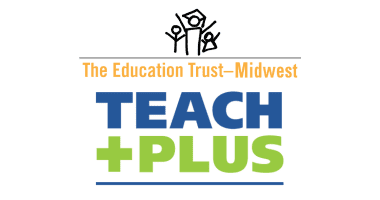Target other school districts in state, not the EAA
By Mary Kramer, Crain’s Detroit Business
Protesters recently stormed a meeting of Eastern Michigan University‘s Board of Regents, demanding that the board sever ties to the Education Achievement Authority for failing to serve its mostly black urban students.
They were loud, they were angry. And they probably had the wrong target.
When it comes to failing African-American students, Grand Rapids, Lansing, Muskegon, Saginaw and Ypsilanti schools are all worse — yes, worse — in performance than Detroit Public Schools. Detroit’s worst schools were spun into the EAA. So where are the protests in those cities?
A report released last week puts Michigan at nearly the bottom in the nation in the academic performance of African-American students. Just 10 percent of Michigan’s African-American students taking the test were hitting proficiency marks in fourth-grade math, 9 percent in fourth-grade reading, 5 percent in eighth-grade math and 9 percent in eighth-grade reading.
Detroit is the worst big city in the country, but the other Michigan districts are worse yet, according to an analysis by Education Trust-Midwest.
How to fix it? Florida focused on universal preschool and on training teachers to teach reading. Tennessee focused on effective teaching — with 5,000 trained evaluators doing on-site classroom evaluations and 700 of the highest-performing teachers now coaching their peers. Both states have far better results than Michigan.
Michigan soon may require third-graders to be proficient in reading before moving to fourth grade. Training teachers, which seems like a no-brainer, is critical. We’ve seen other programs fail; recent test results speak for themselves. Who trains teachers and how should be a concern to the entire business community.
So why are protesters obsessed with the EAA and not the crummy schools all over this state?
Mostly union politics. But the EAA has not lived up to expectations. Early missteps include poor training of teachers, especially on technology, and lousy financial controls that led to an indictment last week of a former principal and two contractors.
But it was EAA’s new leadership that blew the corruption whistle. And you don’t read it in the headlines, but three of the 15 terrible schools originally placed in the EAA have improved test scores, climbing out of the basement of “worst” schools.
Question: How many other urban districts can say one-fifth of their schools made such progress in just three years?











